A Trip to the Audi Museum in Ingolstadt
Images: Ameya Vikram Mishra
The city of Ingolstadt in the Bavarian region of Germany is synonymous with Audi. And rightly so, Audi is the region’s largest employer and dominates its economy.
However, the question of why the brand name Audi was selected from the four companies that made up Auto Union (the other three being Horch, Wanderer, and DKW) was answered on my recent visit to the Audi Museum in Ingolstadt. Let me enlighten you, dear reader: Auto Union did not have the rights to the names Horch and Wanderer. As far as the name DKW was concerned, it was not glamorous enough, given its history of two-stroke engines. Thus, it was decided in 1965 that the name Audi would be used.
The Audi Museum has a lot more to offer other than the aforesaid fun fact. Housed in a modern-looking circular glass building not too far from the factory, the museum welcomes its visitors with a glimpse into Audi’s motorsport heritage ranging from rally cars to DTM racers to endurance prototypes loaded upon a massive rotating structure. As I forced myself to stop staring at these legends, I glided to the top floor of the museum which houses Auto Union’s oldest cars.
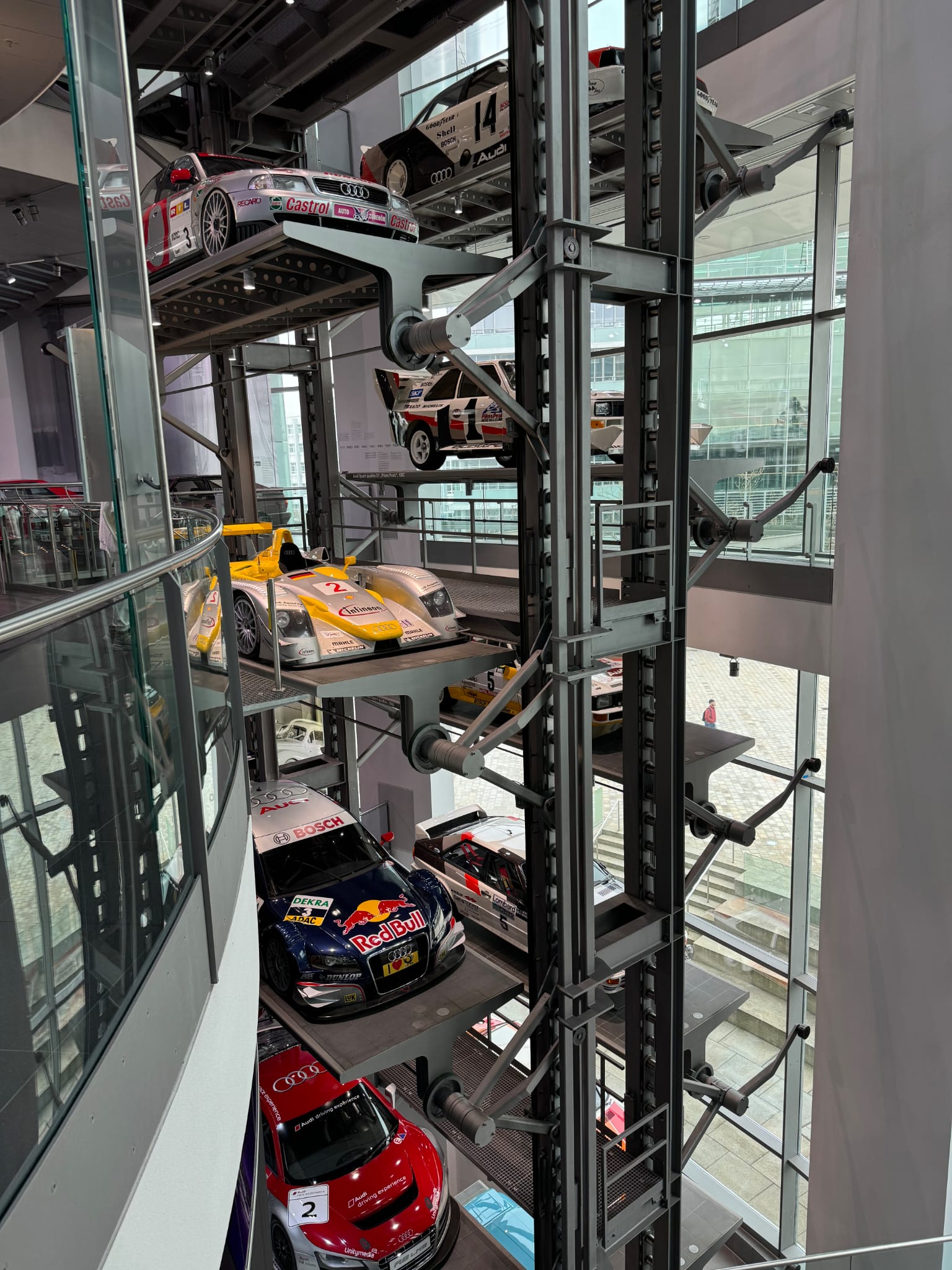
With a market share of 55 percent, Horch was the most successful brand in Germany in the displacement class over four litres and was the luxury offering from Auto Union. The Horch 855 Special Roadster displayed at the museum (chassis no. 855007) epitomizes its remarkable success. This example is one of the seven ever built and was delivered to its owner in June 1939. With the body by Glaser in Dresden, its beautiful long bonnet and curvaceous fenders could give the finest French and Italian coachbuilders a run for their money.
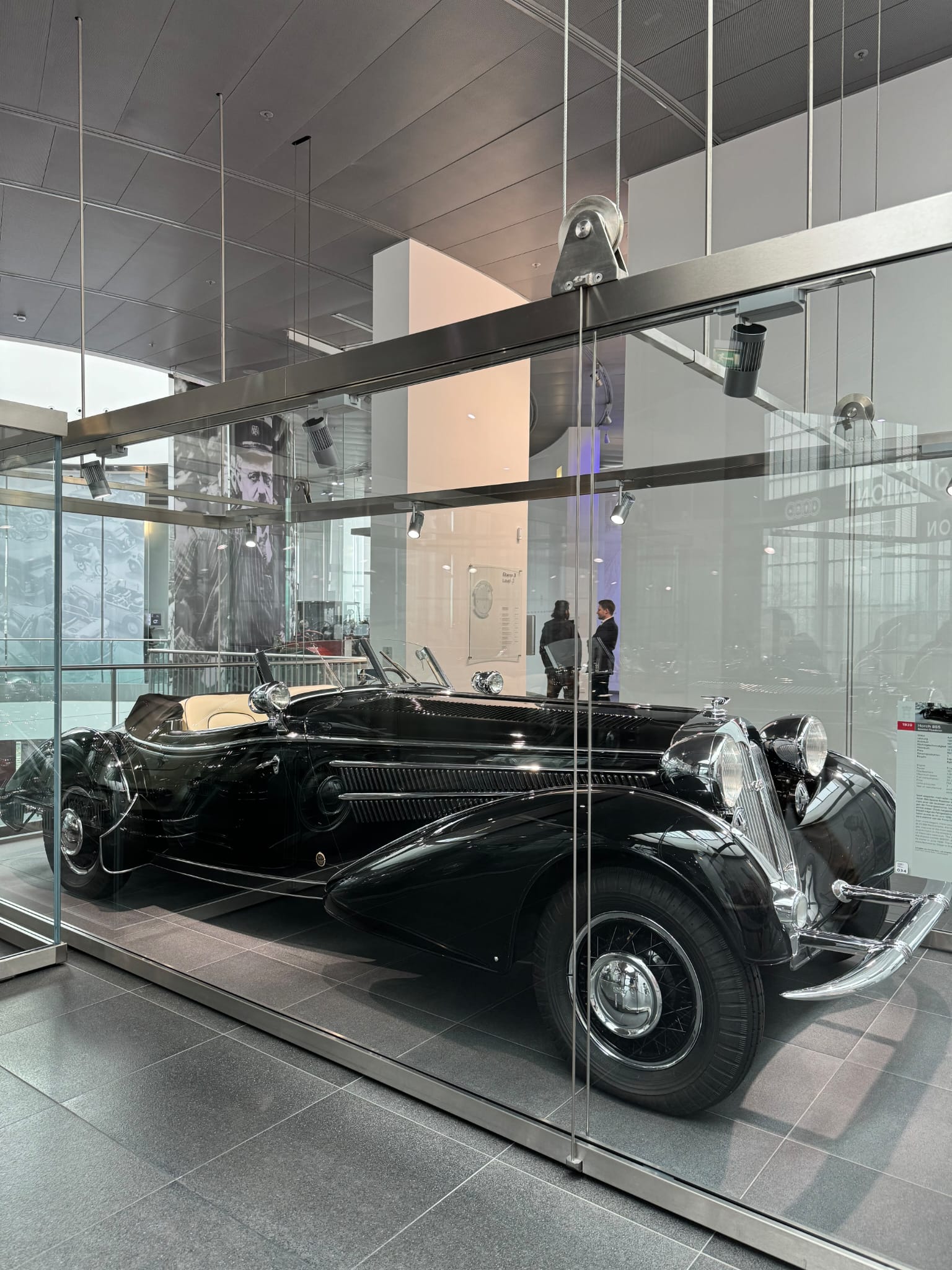
The car was not only the most expensive Horch in the company’s history, but its straight-eight unit was Germany’s most successful luxury engine back in the day.
What also caught my eye was a 1932 Horch 670 V12 Sport Cabriolet, which was presented at the Paris Motor Show in 1931. The V12 engine, designed by Fritz Fielder, powering the Sport Cabriolet was way ahead of its time and a technological masterpiece aimed at smoothness and refinement. However, this impressive engine was to remain an exclusive rarity, with only 58 examples ever produced, together with 20 twelve-cylinder Type 600 Pullman saloons.
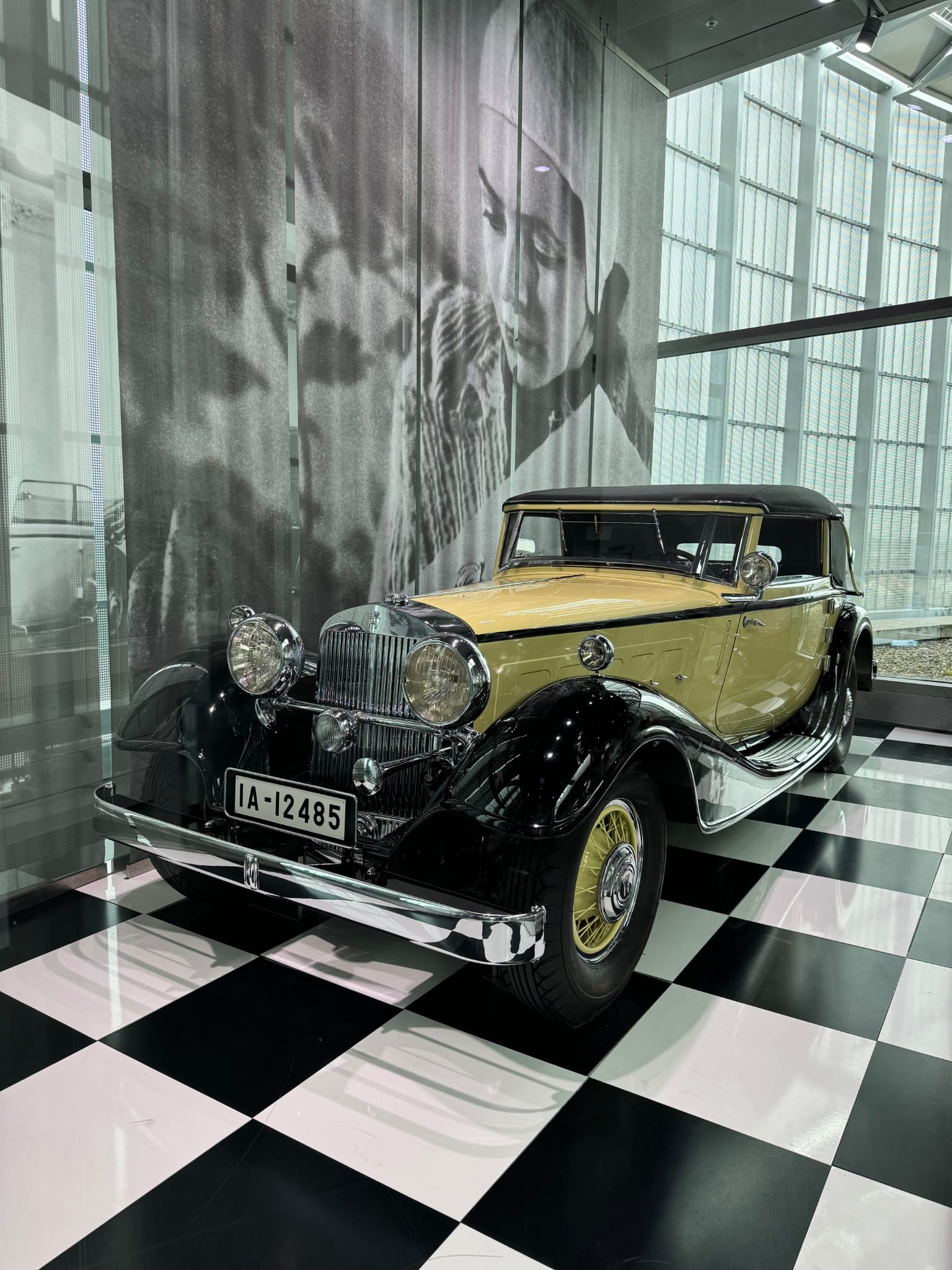
Celebrating its rich pre-war Grand Prix racing heritage, the museum proudly displays a replica of the Auto Union Type C, developed by the great Ferdinand Porsche and the most successful German Grand Prix racing car in 1936. Unfortunately, all racing cars, including the Type C, powered by a supercharged V16 engine positioned behind the driver, went to the Soviet Union as reparations after the war, and their whereabouts are not known.
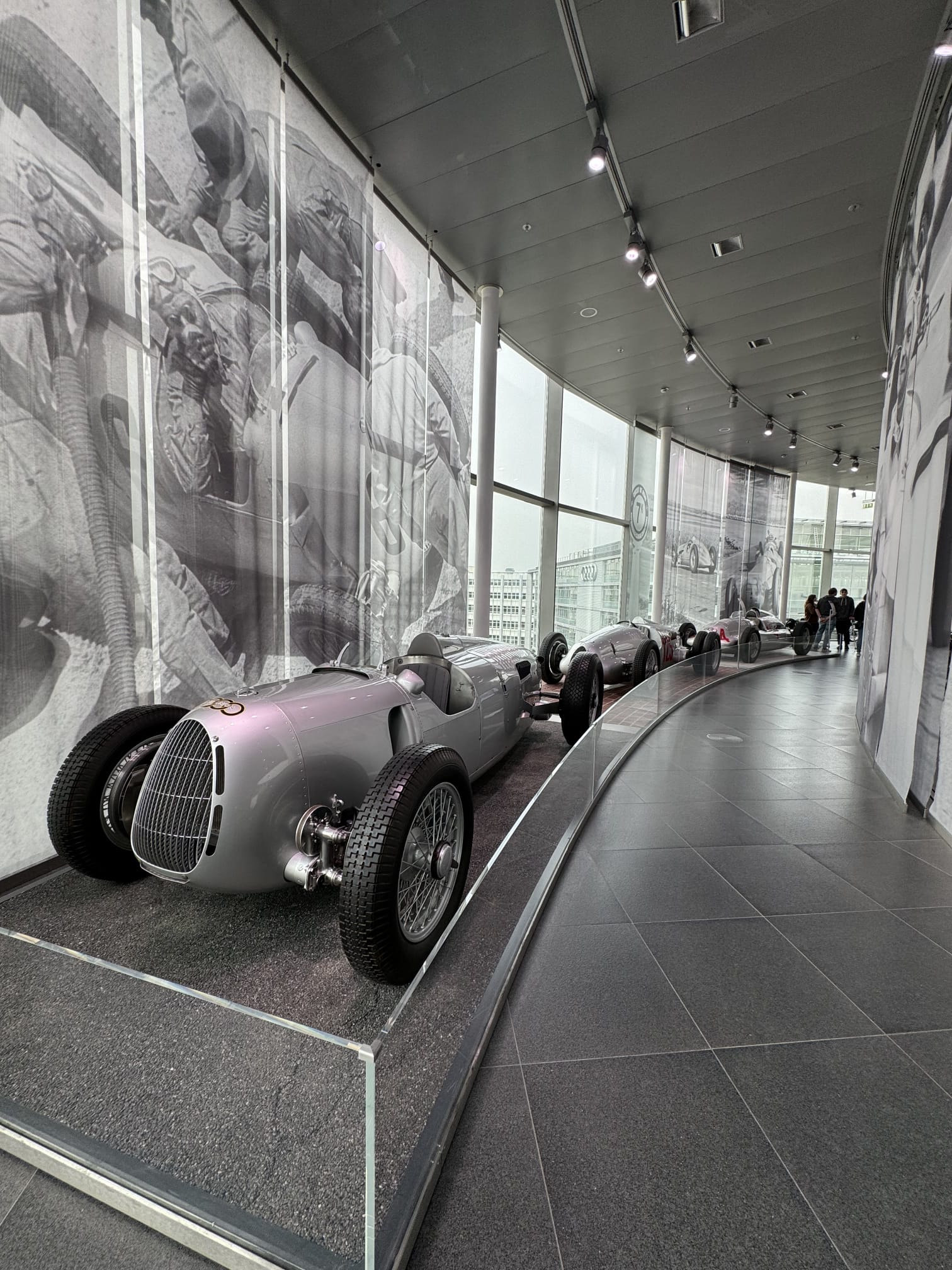
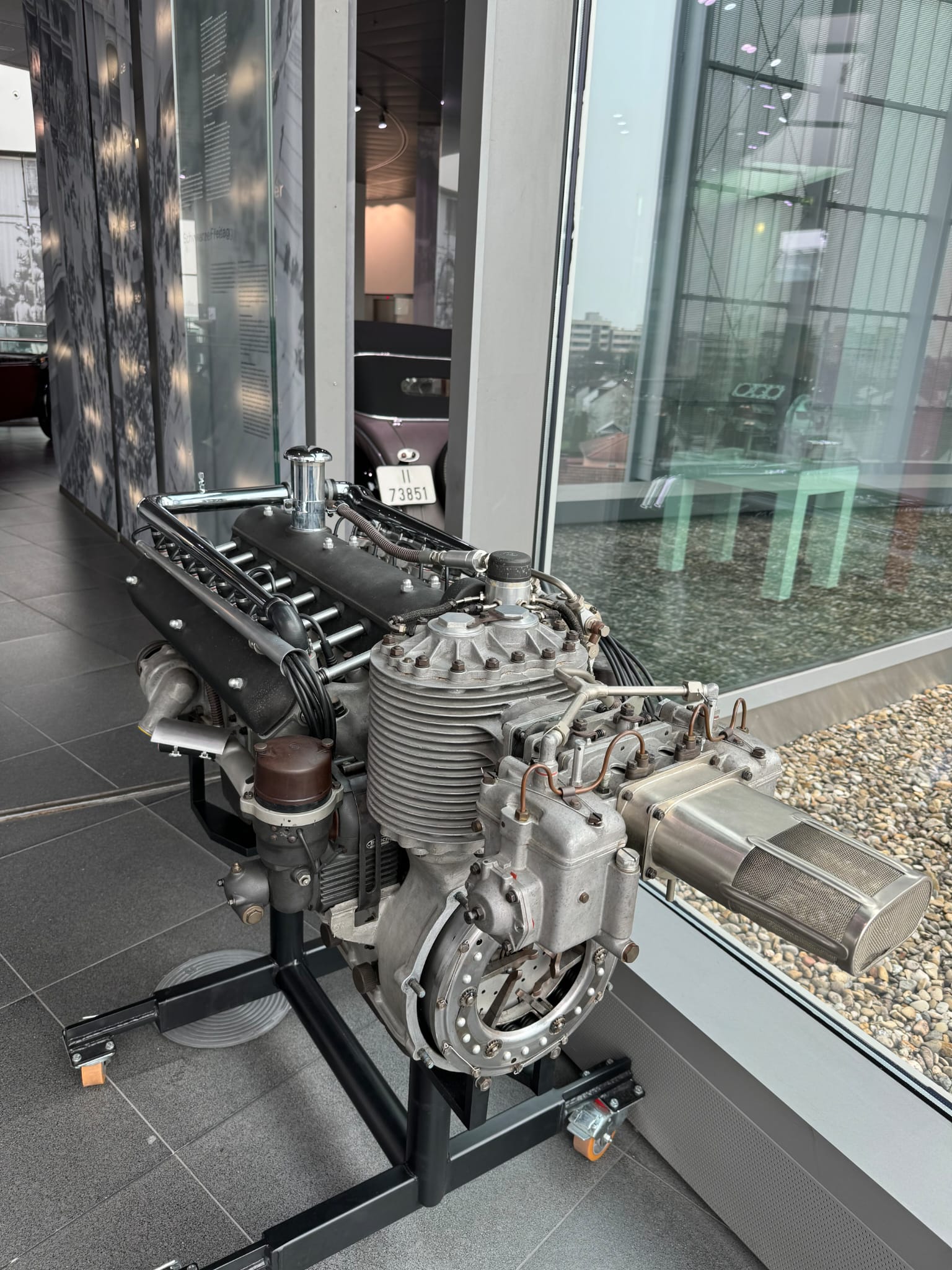
However, an original 1939 Auto Union Type C/D, built for hill climb racing, was returned to Germany in 1995 and is on display at the museum. It is the only remaining example of the legendary Auto Union Silver Arrows preserved in its original form. It is a sight to behold and definitely one of the museum's highlights.
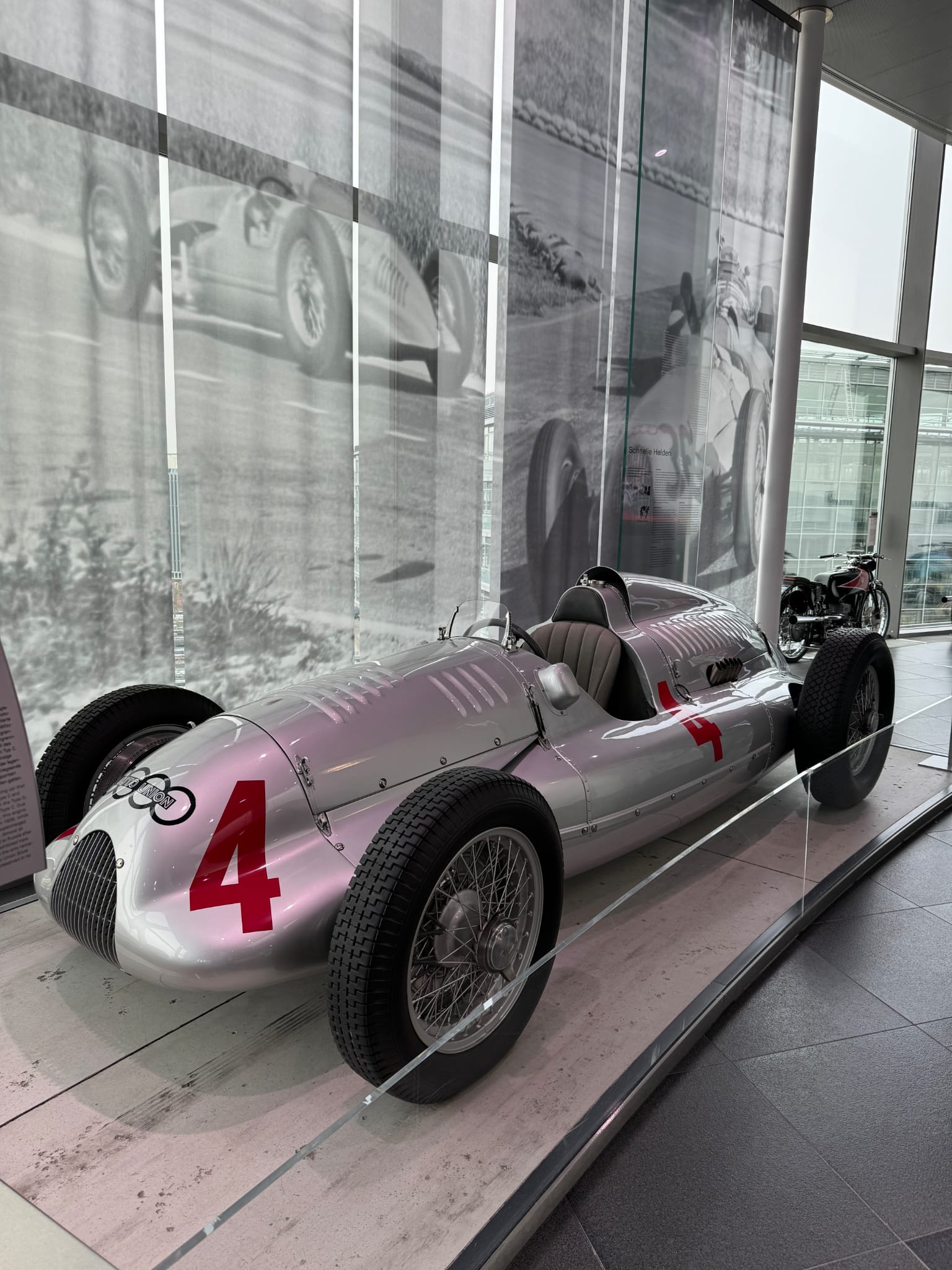
Any discussion about Audi is incomplete without the mention of the famous “quattro”, a permanent four-wheel-drive system for passenger cars conceived in 1977 and developed in just under three years. The quattro system was achieved by an elegant hollow-shaft construction for the inter-axle differential, which distributed power between the front and rear axles.
Audi presented the first car with quattro drive, which also featured the name quattro, in March 1980 in an ice rink near Geneva. The car was powered by a five-cylinder turbo engine. This was represented in the museum by a 1981 Audi quattro (A1) finished in the unique paint colour “Saturn metallic”, which looked very classy.
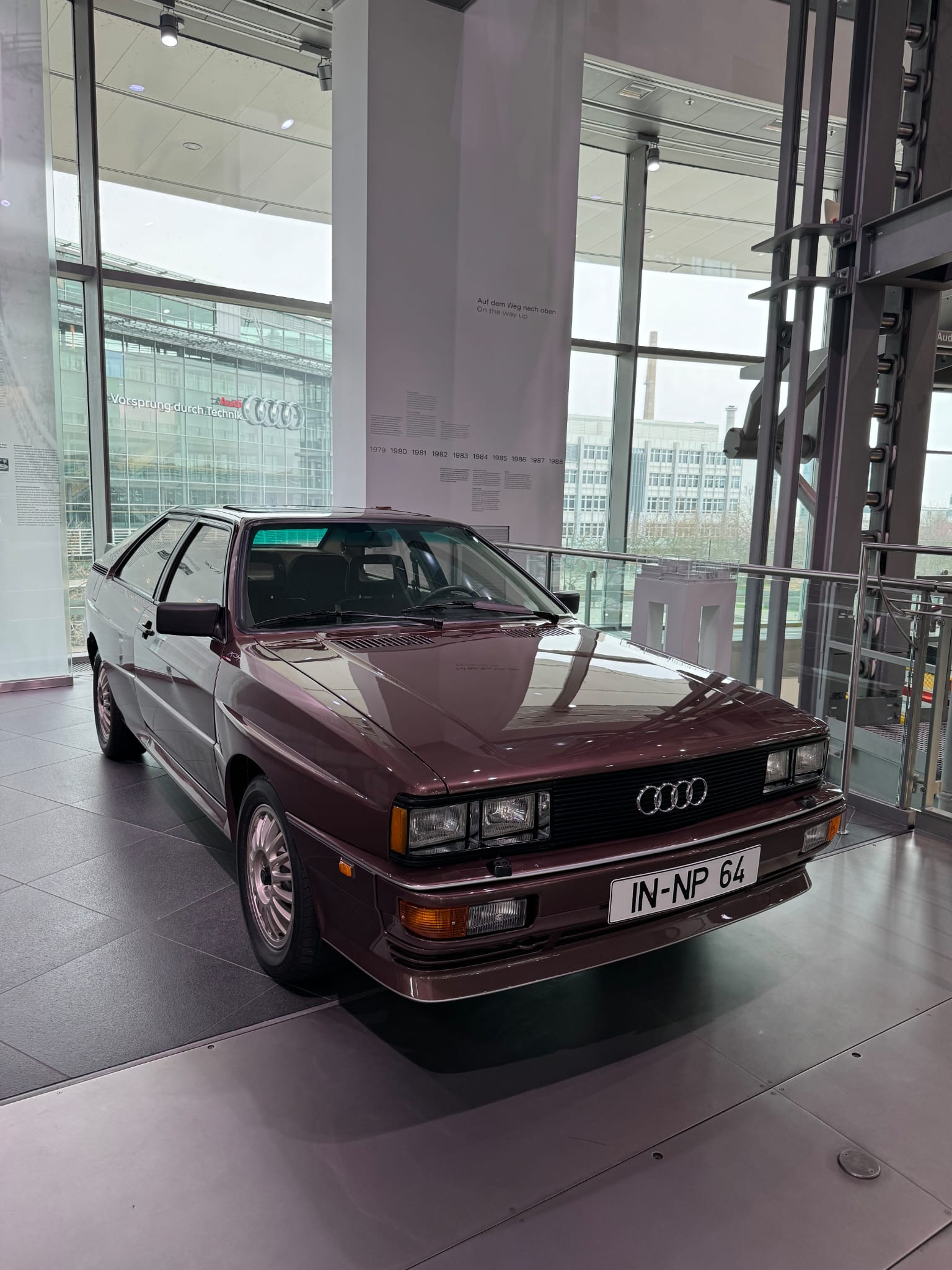
The quattro was a watershed moment in the history of Audi motorsport, as it turned the rallying world upside down in 1981. Winning the San Remo Rally in the hands of Michele Mouton and co-driver Fabrizia Pons caused a sensation, with Michele becoming the world’s first female driver to win a World Rally Championship event. Audi went on to win its first Constructor’s World Championship in 1982, and the rest, as they say, is history.
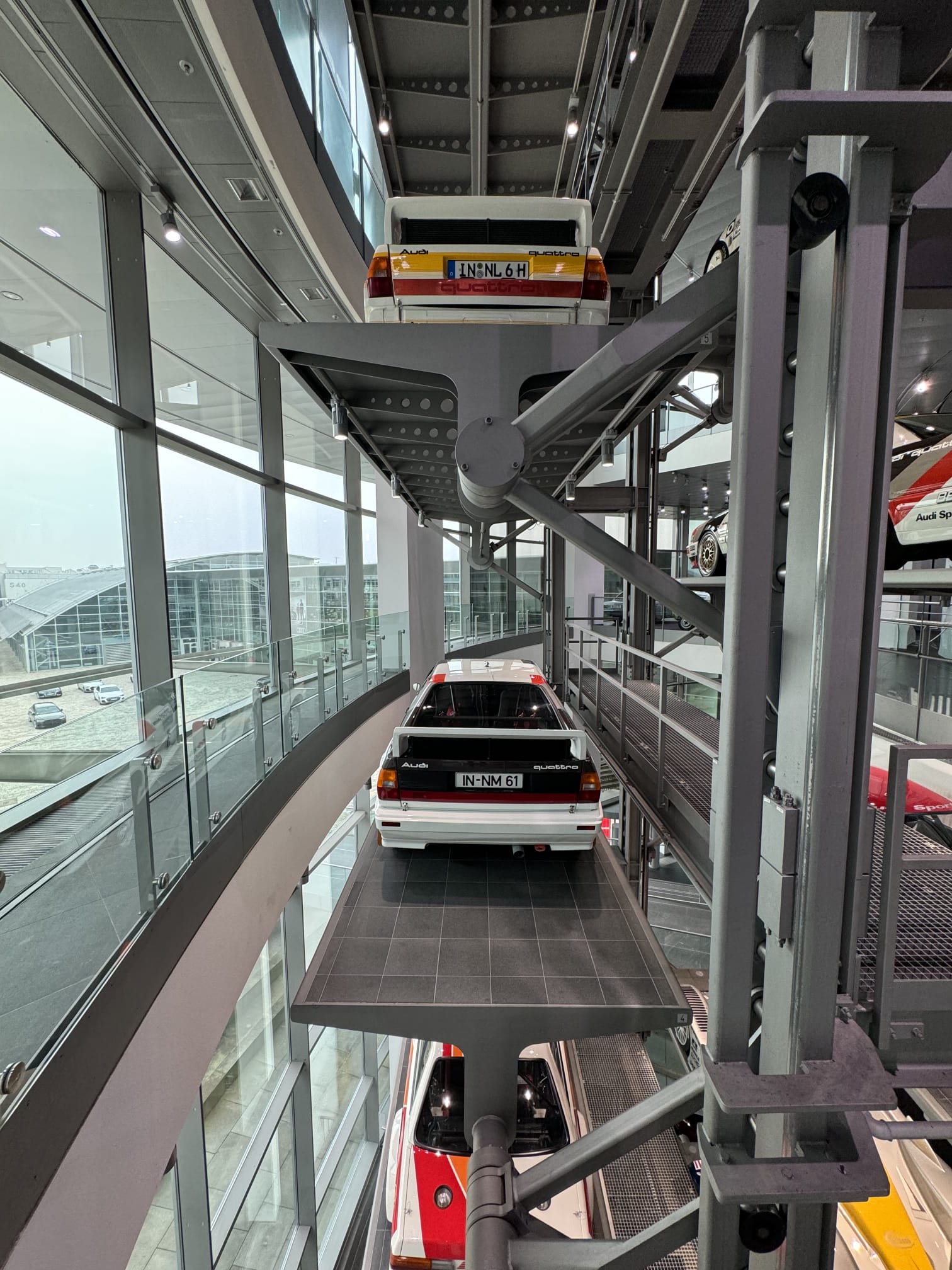
Audi’s hunger to master Group B rallying gave birth to the S1 Sport quattro homologation special in 1983, Germany’s most powerful series-production car, thanks to its five-cylinder, twin-cam engine with four valves per cylinder. The body was made of carbon and glass fibre-reinforced plastic incorporating carbon fibre/Kevlar composites. It was built by Baur coachbuilding company in Stuttgart with a wheelbase significantly shorter than the Audi quattro (A1) to remedy the understeer issue.
The museum collection displayed a 1984 example (chassis no. 905001) finished in red with white wheels shodded with Pirelli P700-Z rubber. Looking dramatic with cooling vents on the bonnet and its unusually short wheelbase, it is the most desirable car in the collection if you ask me.
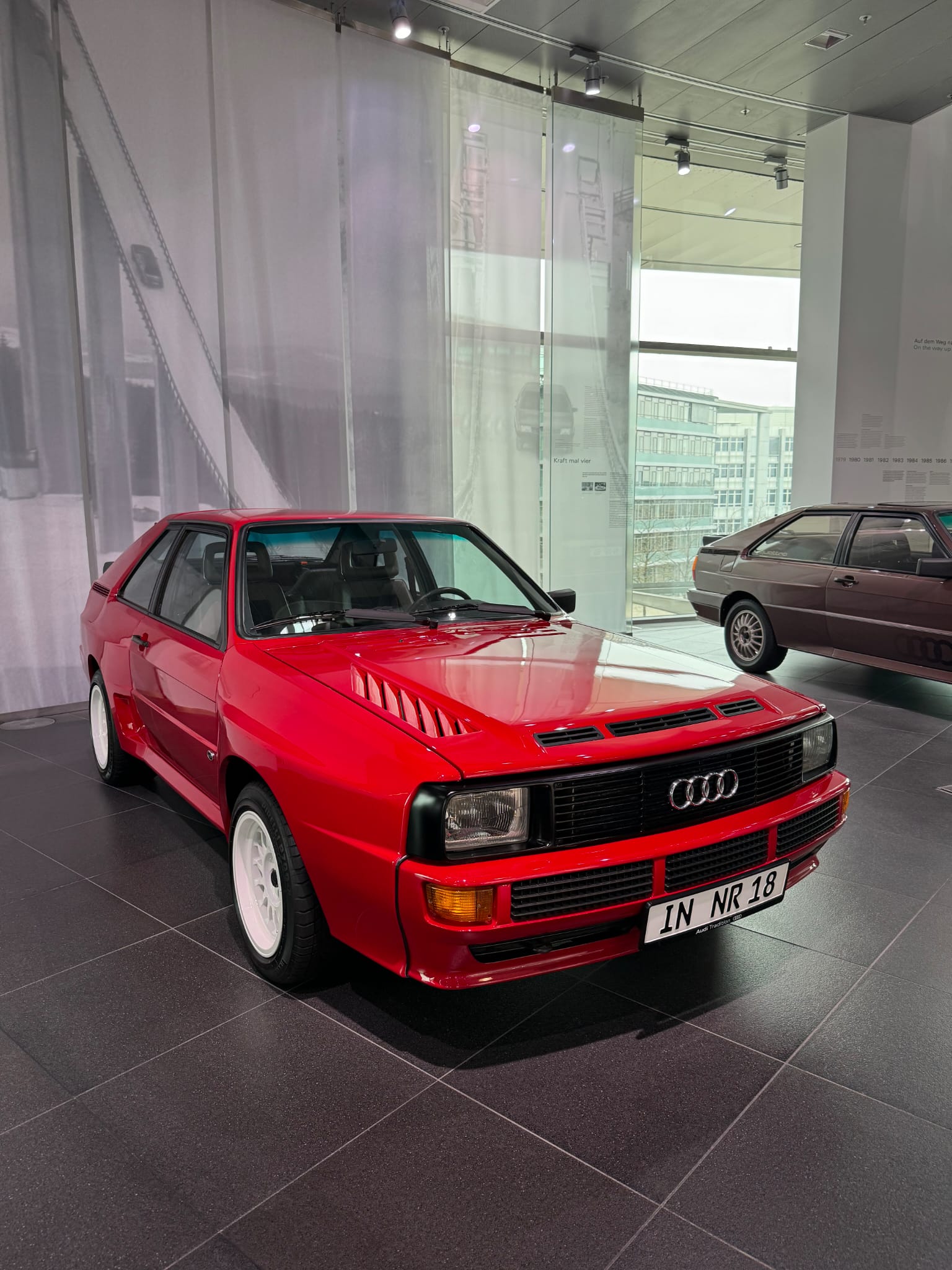
On my way back home, I realised that the Audi Museum had convinced me that the manufacturer deserves a lot more respect than it gets from enthusiasts lusting after BMWs and Porsches, considering its glorious history and enviable motorsport record. Maybe I am an “Audi guy” now…
Comments
Sign in or become a deRivaz & Ives member to join the conversation.
Just enter your email below to get a log in link.
